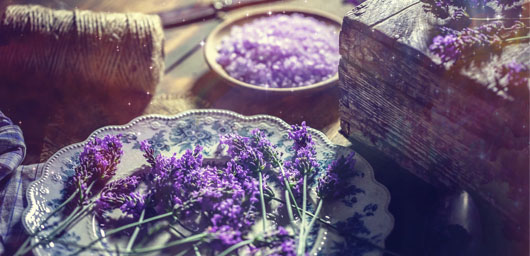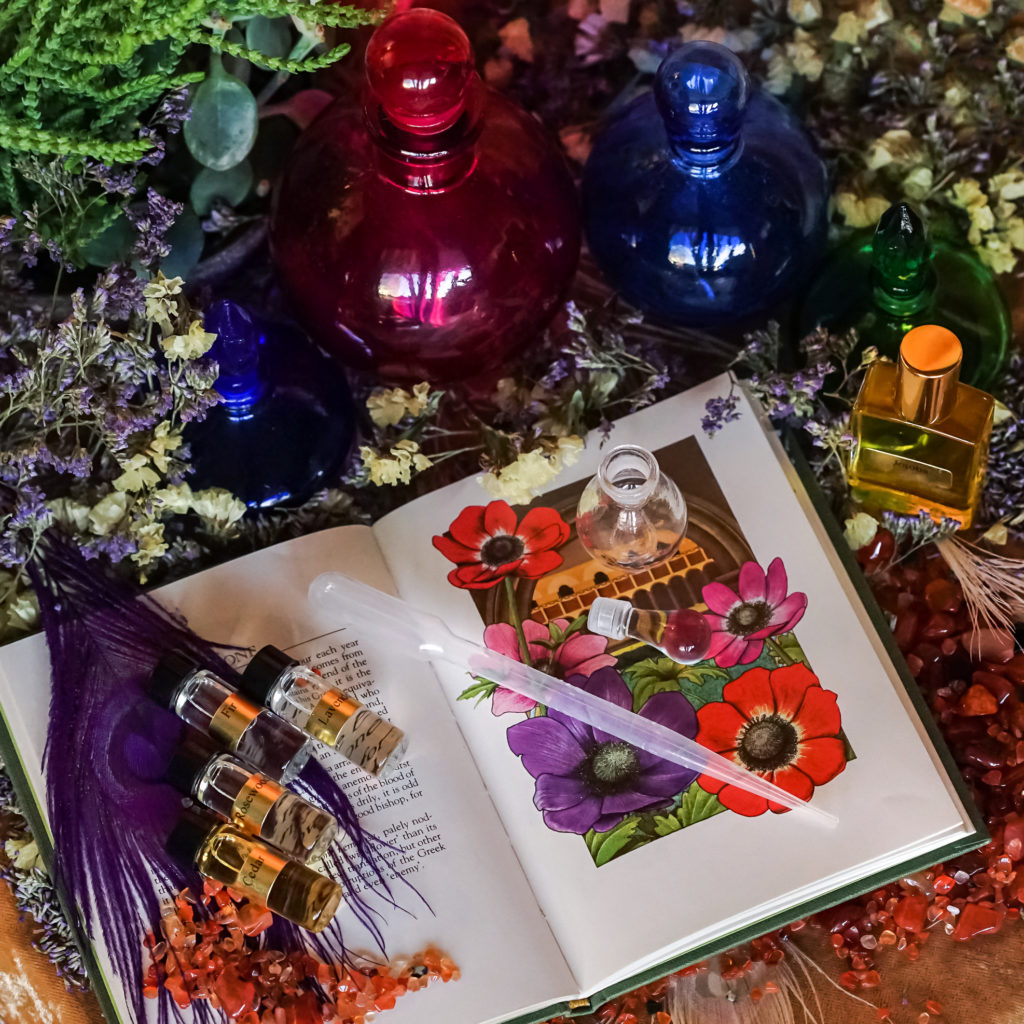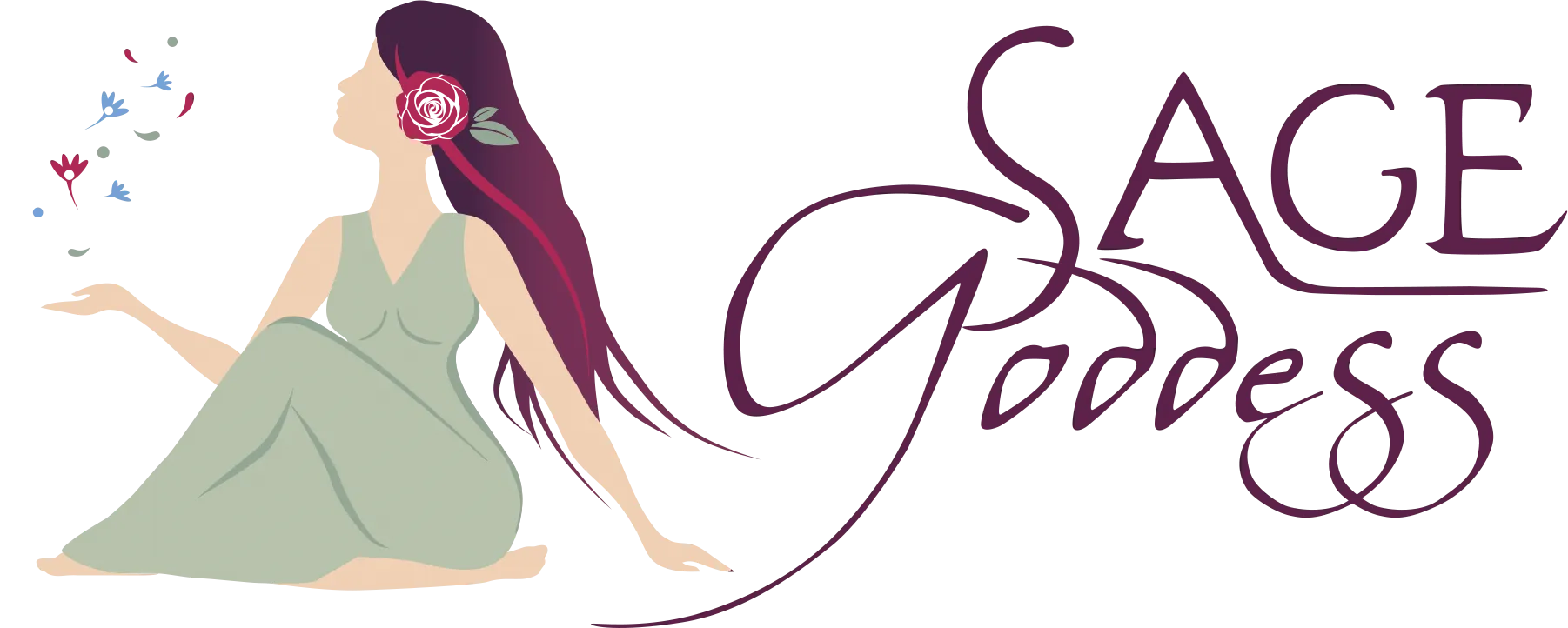Your cart is currently empty!
What Is Aromatherapy and How Does It Work?

What Is Aromatherapy and How Does It Work?
Aromatherapy is a popular form of alternative medicine, or holistic healing. It is exactly as the name implies – the use of fragrance to remedy an ailment. While the term aromatherapy only dates back to the early 20th century, the practice of using plant extract as medicine comes from ancient Chinese, Indian, and Middle Eastern cultures. Aromatherapy cannot cure the advanced stages of disease, but rather, can work as an aid to relieve daily aches and pains, or as preventative medicine to deter serious illness.
An essential oil is an organic compound extracted from a botanical source through cold pressing or through a steam process. There are thousands of different essential oils – just about as many oils as there are plants on the earth. This botanical nectar can be extracted from leaves, tree bark, herbs, flowers, fruit peels, seeds, roots, or even a blade of grass. And each one serves a unique therapeutic purpose. We just launched a brand new SG AroMagic essential oils collection, designed to heal the deepest levels of your body, mind, and spirit.
How to Use Essential Oils
 Part of what makes aromatherapy so effective and popular is its versatility. This practice can take many forms, and is therefore suitable to almost any lifestyle. You can benefit from aromatherapy in any of the following ways:
Part of what makes aromatherapy so effective and popular is its versatility. This practice can take many forms, and is therefore suitable to almost any lifestyle. You can benefit from aromatherapy in any of the following ways:
- Add a few drops of essential oil to a spray bottle full of filtered water. Spritz this mixture into any space as an air freshener, or onto any surface (clothes, sofa, carpet) to revitalize and freshen.
- Add a few drops to an unscented candle, just around the wick (only when extinguished). The candle will burn with the scent of the oil.
- Apply a few drops directly to the skin. This can be done to treat an ailment, such as a rash, bug bite, or small cut, or to place at designated pressure points, such as the temples and wrists. (Beware which oil you’re using, and that it is safe for direct skin contact. Some essential oils are too abrasive and must be cut with a carrier oil to be applied to the skin.)
- Add a few drops to water, tea, or even alcoholic beverages to add natural delicious flavor and reap the benefits of the plant medicine. (Only ingest essential oils if they are certified food grade and safe for ingesting.)
- Add a few drops to an oil diffuser to freshen the air in your home, office, car, or other space.
- Add a few drops to the bathtub to bathe in. This creates direct on-skin therapy, while also steaming the scent into the air.
- Place a drop or two on your pillowcase before bed to aid peaceful sleep.
- Place a few drops in a handkerchief to take with you on the go and breathe in whenever needed.
- Add the proper quantity to your own Ayurvedic products, like lotions, soaps, toothpaste, and perfumes.
- Use in potions and elixirs for ritual, ceremony, meditation, and other magical work. Many essential oil fragrances have been used to induce deeper meditation, and even astral travel, for centuries.
The Many Uses for Essential Oils
The uses for aromatherapy are practically endless. Today and across history, essential oils have been used as disinfectant (antibacterial/antiseptic); treatment for bug bites, eczema, acne, and other skin irritations; bug repellent; air freshener; an aid for deeper meditation, shamanic journey, and astral travel; adding flavor to water and other beverages (only food grade); relief of upset stomach, nausea, vertigo, and headaches; allergy relief; emotional energizer or calmer, libido booster, and stress reliever; treatment to increase circulation in the physical body; and much, much, much more.
You can combine various complimentary essential oils to receive greater and wider benefit from your use. It is common to use pre-made blends (blended and sold as-is by the manufacturer) to target a certain overall illness or emotional block. For instance, a happiness blend might contain a combination of lively citrus oils and floral oils to elevate your mood. A breathing blend might contain eucalyptus, peppermint, and melaleuca. It is also possible to craft your own blends, and there are many essential oils texts and online sources where you can find recipes.
Essential Oil Dangers
There are certain precautions to take when using essential oils. One of the simplest ways to use them properly and safely is to have adequate storage and heed shelf life. Most essential oils last one to three years when stored appropriately. A glass bottle (tainted dark amber or cobalt blue) is the ideal type of storage, and always kept out of direct sunlight. However, when cut with carrier oils, the shelf life of the essential oil may shorten.
Always do sufficient research on dosage and ratios when ingesting essential oils, cutting with carrier oils, or using in Ayurveda. Beware of your personal health concerns and any contraindications. Certain oils are dangerous for people with blood pressure conditions, epilepsy, women who are pregnant or breastfeeding, and so forth. Some essential oils are dangerous for personal at-home use across the board, and should never be used for aromatherapy.
See below for a list of contraindicated oils.
| Health Condition/Use | Contraindicated Essential Oils |
| Low Blood Pressure | lavender, garlic, clary sage, lemon, marjoram, ylang ylang |
| High Blood Pressure | sage, thyme, eucalyptus, rosemary, ginger, cypress, rose |
| Pregnancy | sage, thyme, eucalyptus, rosemary, ginger, cypress, rose, cinnamon, peppermint, clary sage, basil, fennel, jasmine, marjoram, juniper, oregano, myrrh, pennyroyal |
| Breast Feeding | jasmine, sage, parsley, mint |
| Epilepsy | wormwood, sage, rosemary, fennel, hyssop |
| Alcohol Consumption | clary sage, vertivert |
| Skin Contact | fennel, oregano, pine, clove, clover, cinnamon bark, cassia, elecampane, costus |
| Generally Hazardous | camphor, horseradish, mugwort, mustard, sassafras, savin, wintergreen, thuja, tansy, plicata,Jaborandi leaf, Boldo leaf, calamus, almond |
**Love Note: The above contraindications are not based in scientific research, but rather accepted as general practice and established guidelines. This chart is not a comprehensive list of all essential oil contraindications.
2 thoughts on “What Is Aromatherapy and How Does It Work?”
Comments are closed.



So informative thank you Athena.I’m saving this ..a’ho dear sister .I love ya and will be happy when I can order again.it’s been a long road .but I’m getting there .
I love my oils. I only have a few but they are the ones that work best for me. I adore peppermint and eucalyptus to ease sinus congestion, lavender to relax, orange when I need to be more pleasant and upbeat. I love clove oil at night as I feel it’s warm and comforting. I always use a carrier oil as I have sensitive skin.